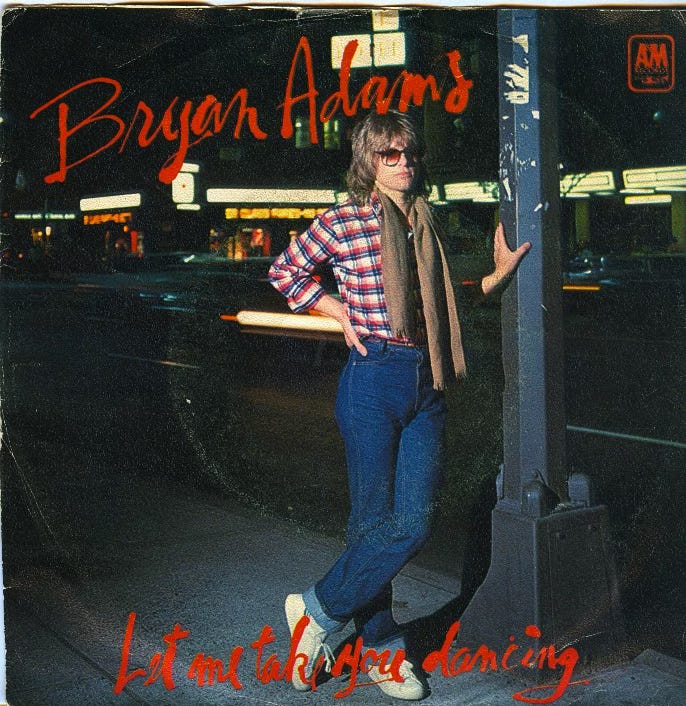How Bryan Adams started his career by making... disco !
The Twelve Inch 112 : "Let Me Take You Dancing" (Bryan Adams)
Diving into Dance Music History: Bryan Adams' 'Let Me Take You Dancing' and the Disco Influence
Welcome back to my weekly exploration of dance music history, one Twelve Inch record at a time. Thrilled to have you join me! In last week's discussion on New Beat, I explored the technique of “pitch control”, used by Dj’s to seamlessly blend two records. Howe…
Keep reading with a 7-day free trial
Subscribe to The Twelve Inch to keep reading this post and get 7 days of free access to the full post archives.





